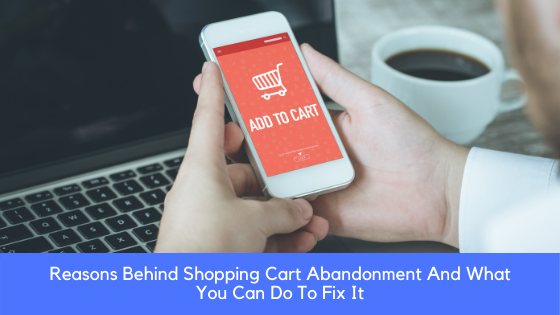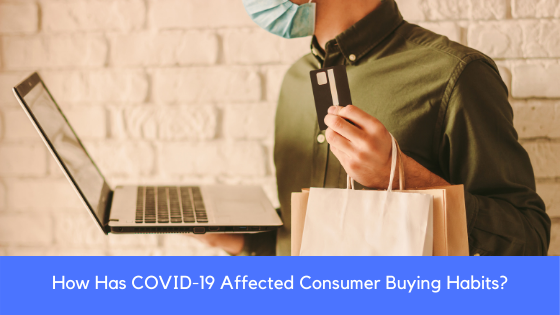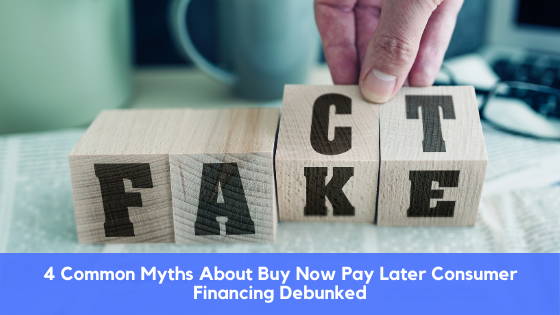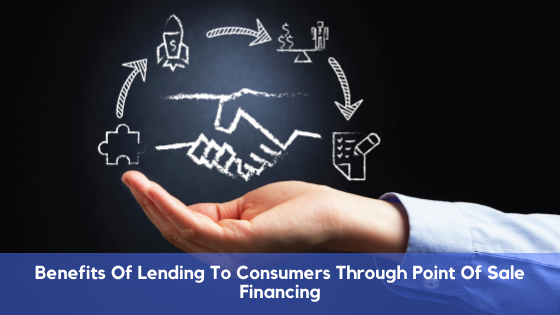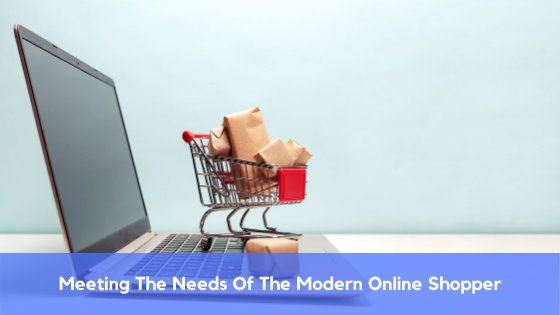There is no doubt that flexible payment options like Point of Sale consumer financing have a lot of benefits in building your brand and business. Giving customers the freedom to purchase goods without creating financial burdens has enabled many businesses to continue thriving despite the pressures brought on by the current pandemic. The benefits of adopting this type of payment method can help drive sales, retain customer loyalty, and increase average order values. With this being said, it is also important to understand that in order to increase average order values and revenue, you need to create a seamless user experience and implement the correct marketing strategies to ensure more conversions on your platform. By doing this correctly, you are able to use Point of Sale financing to your advantage and harness all the positive benefits it has to offer. Here are a few tips on how to increase your AOVs using consumer financing from ChargeAfter.
A Recap On Point Of Sale Consumer Financing
Before we get into the details, here is a quick recap on Point of Sale Financing.
Point of Sale consumer financing, also known as Buy Now, Pay Later, gives your shoppers the ability to purchase high ticket items without paying the full amount upfront. Instead, consumers are able to pay back the purchase in affordable monthly installments. Usually, the customer is able to select this option on check out. Once they have opted in for the finance payment option, their details are matched against ChargeAfter’s approved network of lenders. The customer is then given a wide range of payment options to choose from depending on their financial needs. As the merchant, you do not need to take on any of the risks or foot the bill for the loan. This is all taken care of by us. In addition to that, you don’t have to worry about any of the admin either!
Why You Should Offer Point Of Sale Consumer Financing?
While online shopping has boomed over the past couple of years, there are still a few issues that can stand in the way of a customer’s decision to complete a sale. Poor user experience, hidden shipping costs, tax costs, outdated information, limited security, and poor returns policies can cause your customers to abandon their carts and leave your site for good. Point of sale financing helps to address the costly tax and shipping costs and also provides more credibility in terms of your payment process. According to statistics, 30% of shoppers have said that they wouldn’t have completed their transactions if it weren’t for the Point of Sale financing option offered on checkout!
Now that you have an idea of just how effective offering Buy Now, Pay Later financing can be, here are a few ways to implement it on your site to ensure a seamless user experience for your customers:
Give Customers The Option To Finance Before CheckOut
Instead of waiting until your customers reach the checkout page, make it clear about the different types of payment options you offer earlier on in the customer journey. By promoting Buy Now, Pay Later services on the home or product pages you are able to capture the shopper’s attention and empower them to add more items to the cart without being too price sensitive. When customers are given more purchasing power, they are more likely to complete their transactions without the financial burdens.
Use Email Campaigns To Advertise Consumer Financing
Email marketing is an effective strategy for getting consumers to complete transactions once they have abandoned their cart. According to statistics, 46.1% of shoppers open emails related to cart abandonment. To entice the customer to complete their purchase, add a clear call to action in the mail that will encourage the consumer to take advantage of your Point of Sale financing options. Another helpful way to get shoppers to convert is to state how much they would owe you for the total basket value if they opted for financing. You could add an estimate of the monthly installments based on the value in their cart. By seeing a significantly smaller number, the consumer may feel more comfortable purchasing the goods. In most cases, seeing the value of opting for financing also entices the customer to add more items to the basket.
Customize The Point Of Sale Financing Experience
Data protection and online security is a major concern for most shoppers, especially when it comes to purchasing goods online. It is already challenging to convince shoppers to trust your brand enough to enter their debit or credit card details online, and once a third party payment gateway is added to the mix, it could send them running for the hills. To ensure your customers feel safe and protected on your site it is best to use a Point of Sale consumer financing partner who enables you to customize the entire financing process. Fortunately, you don’t have to look far for this. ChargeAfter allows merchants to customize the entire point of sale checkout financing experience to match your identity and reassure customers that their data is safe in your hands – a brand they already love and trust!

